The Dolmens of Antequera have recently entered the World Heritage Site list of the UNESCO. Go ahead and discover where its charm comes from!
As you may know, Spain is home to the third highest number of World Heritage Sites, with 46 (Italy and China occupy the first and second position). The most recent site added to the list are the Dolmens of Antequera, in the province of Malaga.
The Dolmens are composed of five parts:
- The three megalithic dolmens of Menga, Viera and El Romeral, which constitute the first examples of monumental architecture in the European Paleolithic Era
- The two natural monuments of La Peña de Los Enamorados (the Lovers’ Rock) and El Torcal.
The dolmen of Menga
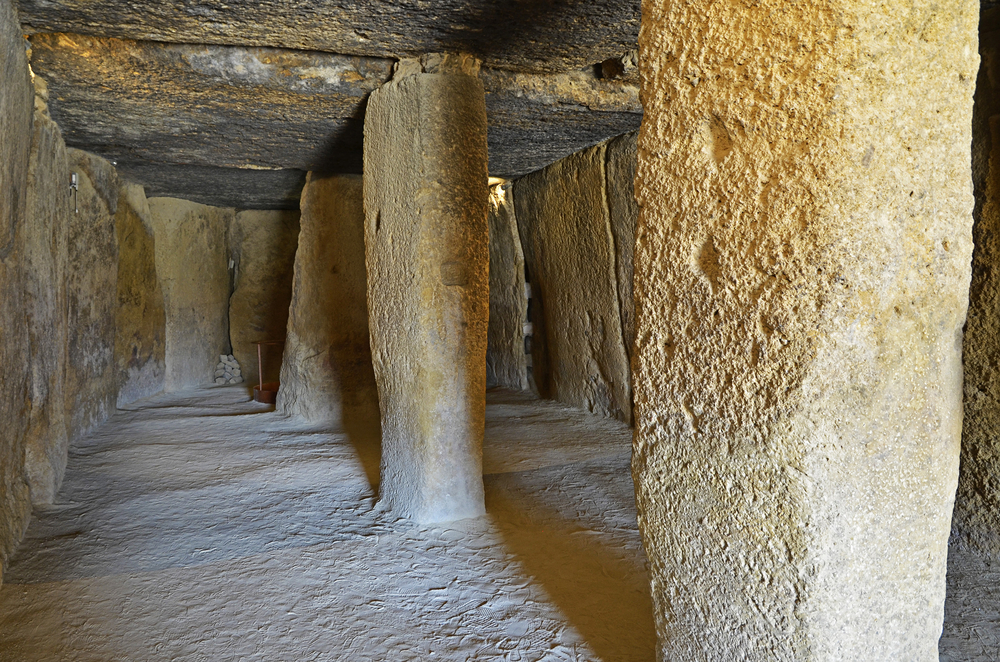
This 6.000-year-old megalithic tomb faces the geological formation of the Peña de Los Enamorados, instead of facing the sun, as it was customary at the time. The 32 megalithic stones that compose the dolmen are positioned around the main chamber, where hundreds of skeletons were found in the 19th century.
The soil that was used to cover the stones has given life to a small hill, which you can still see nowadays.
The dolmen of Viera
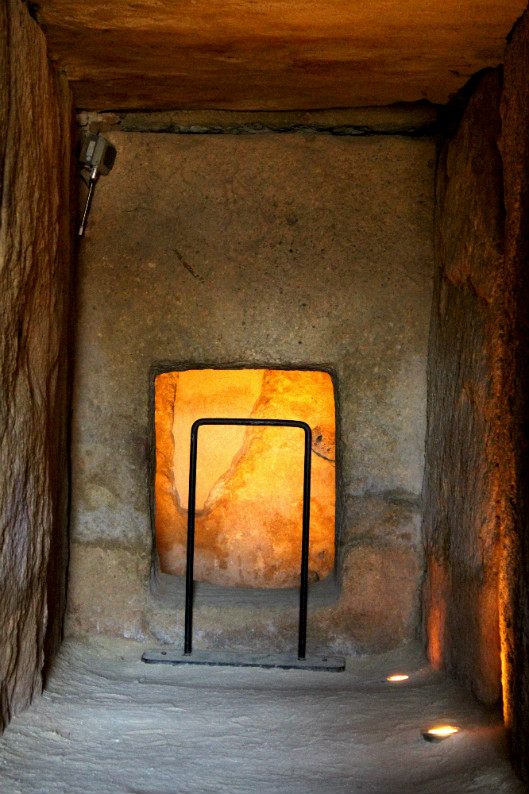
The Viera dolmen, also known as Cueva Chica, is the only one of the three dolmens that was positioned facing the east. This way, the sun rays reached the burial chamber at dawn, during the spring and autumn equinoxes.
Located 70 meters far from the dolmen of Menga, this 4.000-year-old construction is composed by a long and narrow corridor, leading to the rectangular burial chamber.
The dolmen of El Romeral
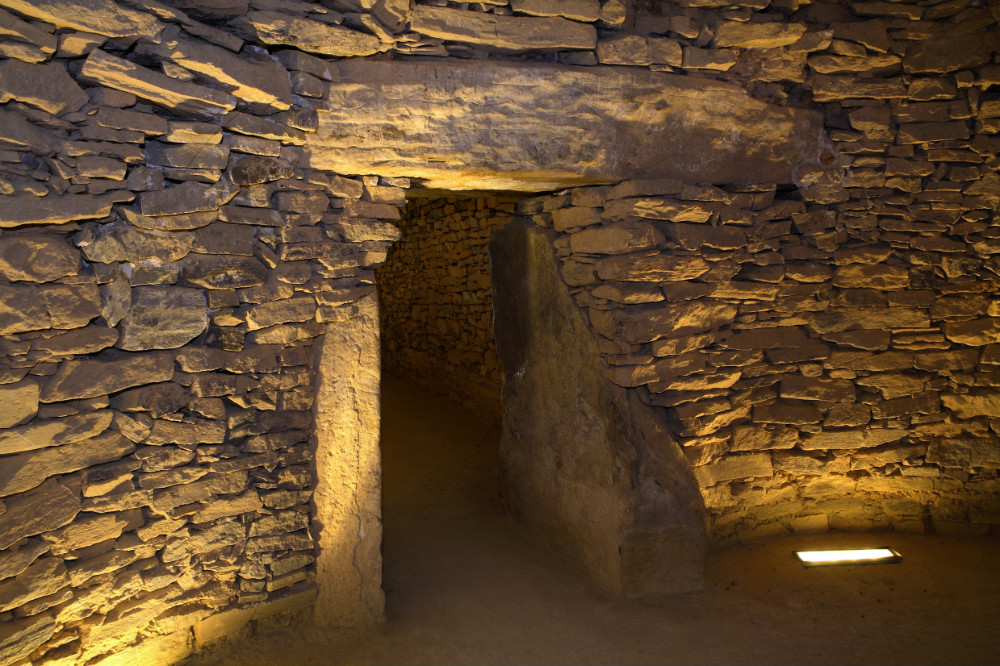
The last dolmen is that of Tholos de El Romeral, located 4 km far from the other two, facing the karstic formation of El Torcal. The differences between the rocks used in the two previous dolmens and the dolmen of El Romeral are a clear sign of the different periods in which these megalithic tombs were built (El Romeral was built about 3.000 years ago).
Moreover, two round burial chambers compose this dolmen (in contrast with the structure of the other two dolmens). They are connected by a large corridor, where human remains were discovered.
The Peña de Los Enamorados
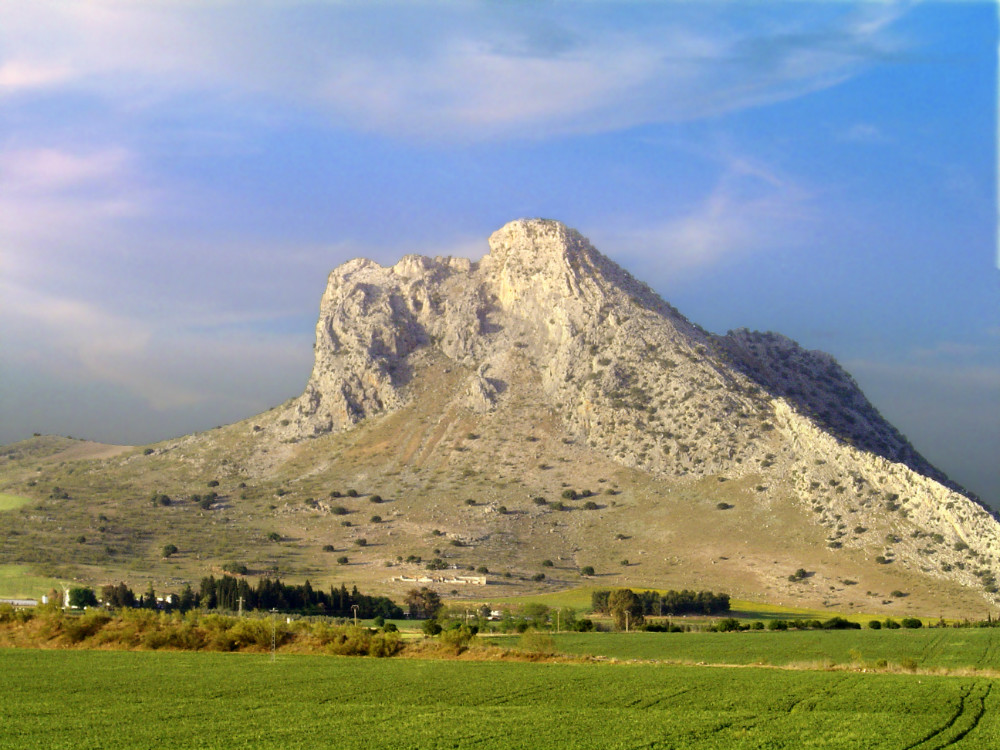
This rocky formation, which you can spot from almost every part of the city of Antequera, is a must-see since the natural erosion made the rocks take the semblance of a human face looking up in the sky.
The legend around the name of the mountain comes from the history of two lovers during the times when Antequera was under the Moorish. She was an Arab princess named Tazgona, and he was a Christian soldier named Tello. They fell in love while Tello was held captive by the Arab king, and decided to flee together.
The same day they fled, the Christian troops attacked the city of Antequera, so that the two young lovers had to run towards the rocky mountain that looks over the city. From there, they decided to jump into a void to prevent both the Arab and the Christian troops from catching and separate them.
El Torcal
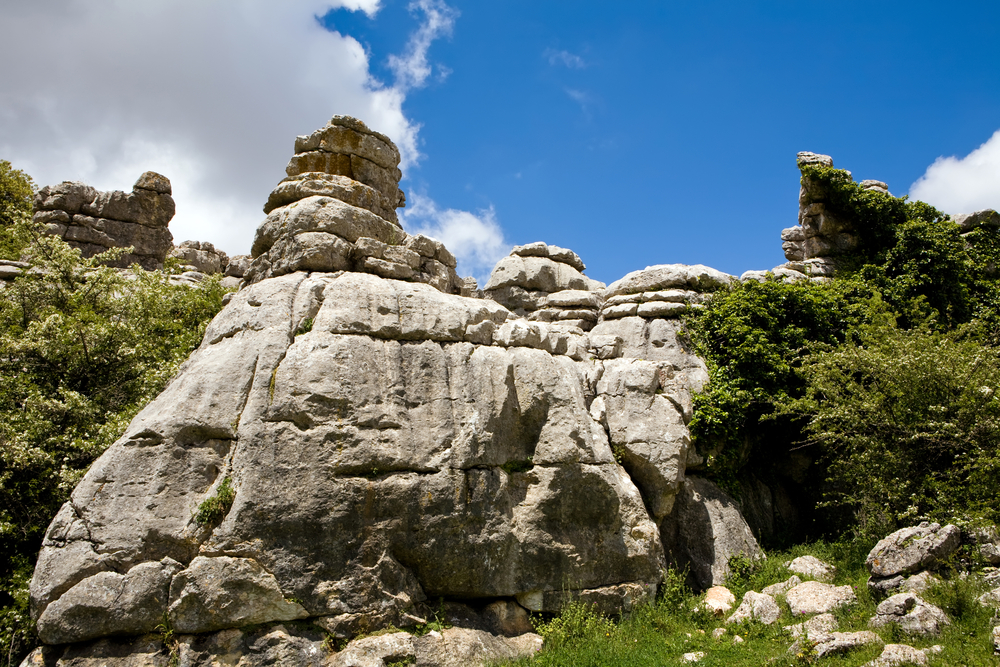
In the southern area of Antequera, you will come across a 150-million-year-old spectacular mountainous formation, located at a breathtaking 1336 meters above the sea level. The karstic landmark of the Torcal de Antequera is among the most famous of Europe.
If you fancy discovering its secrets, you can choose three routes, all of which start and end near the Info centre of the Natural Park. The yellow and green routes are shorter than the red one, whose dramatic views won’t leave you unimpressed.
Opening hours
Although the access to the Dolmens of Antequera is free, if you book a guided tour (available in Spanish, English and French), you will be able to understand the history and the magnificence behind the Dolmens. You can do so by sending an e-mail to [email protected] or calling +34 670 945 453 or +34 952 712 208.
- Tuesday to Sunday and Bank holidays : 9 am – 3.30 pm
- Tuesday to Saturday: 9 am – 5 pm
- Sunday and Bank holidays: 9 am – 3 pm
- Tuesday to Saturday: 9 am – 5.30 pm
- Sunday and Bank holidays: 9 am – 3.30 pm
- working Mondays
- December 24th, 25th and 31st
- January 1st and 6th
- May 1st
What else can I see in Antequera?
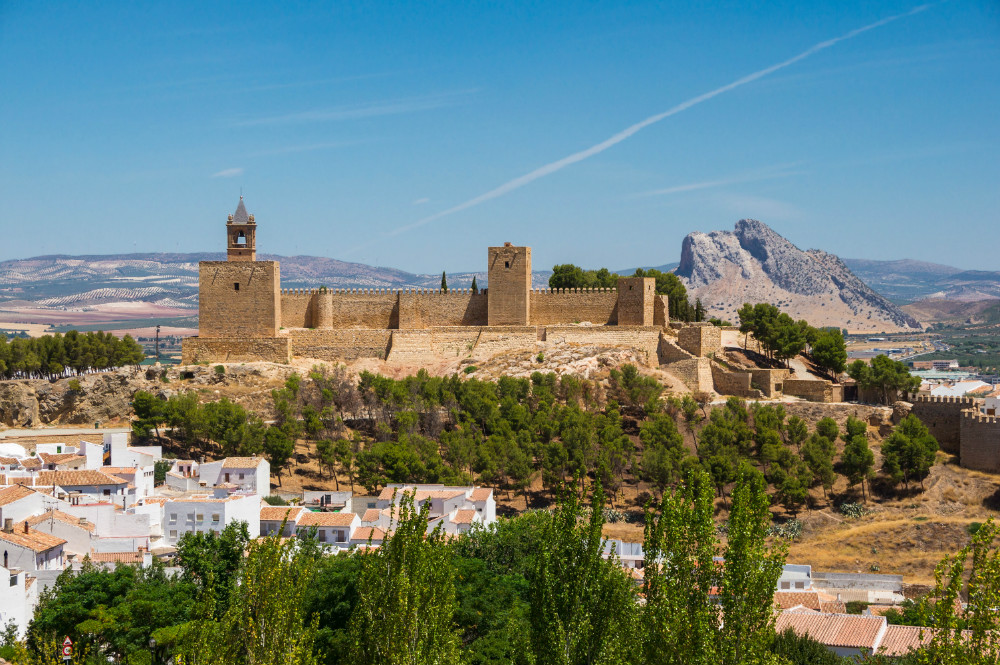
Once you felt the beauty of the Dolmens of Antequera, you can reach the city and enjoy the cultural route of Antequera. This way you will discover its uncountable monuments, the magnificent churches and the views provided by the heart of Andalucia.
How can I get to Antequera?
Antequera is easily reachable both by car and by bus. Catch the AP-46 from Malaga until A-45 if you like to drive. 21 km north, on the left, you will find the exit for Antequera. Once you are in the city, know that you can park north of Plaza San Sebastián, in an underground parking on Calle Diego Ponce.
If you prefer to reach Antequera by bus, the bus company ALSA provides daily routes from Seville, Granada, Cordoba, Almeria and Malaga. You can find the bus station of Antequera in Paseo García del Olmo.
If you arrive by train, know that you will get to the train station of Santa Ana. From there, you will have to reach Antequera’s city centre by taxi, with a cost of 30€.
Places to stay in Antequera
To visit it all, you should rent a holiday home in the surrounding areas of the city. Therefore, we want to provide you with the best villas in Antequera. Don’t miss the opportunity to live an unforgettable experience in one of the most wonderful areas of Andalucia.



Go and fall in love with the Dolmens of Antequera, this World Heritage Site is waiting for you!
Have you ever been to Antequera and visited its Dolmens? Which one did you like the most? Or you are still planning your trip? Let us know!

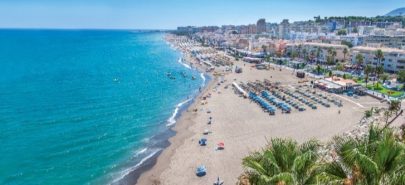
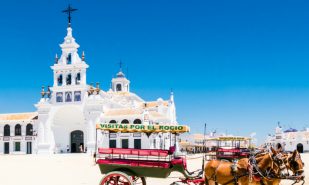
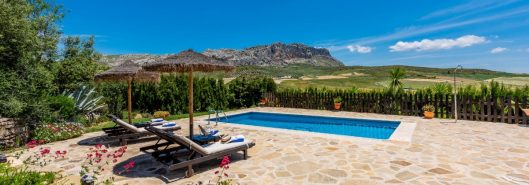



Hello, after reading this amazing article, I am looking forward to going to Antequera. I’m a fan of hiking and no better place to do so than the Dolmens 😀
Hi Georgina, we’ll be waiting for you here in Andalusia!